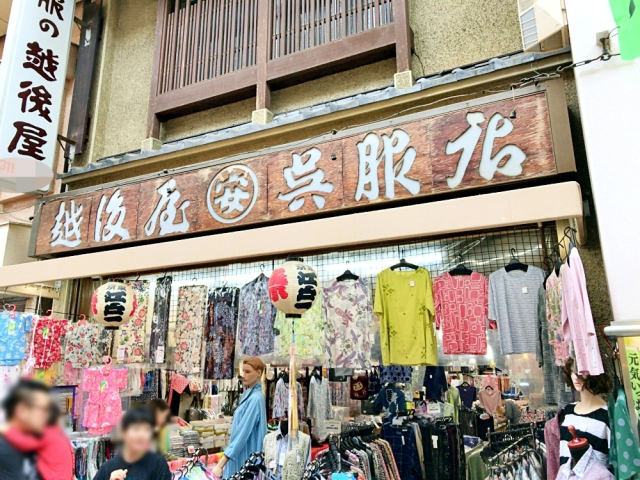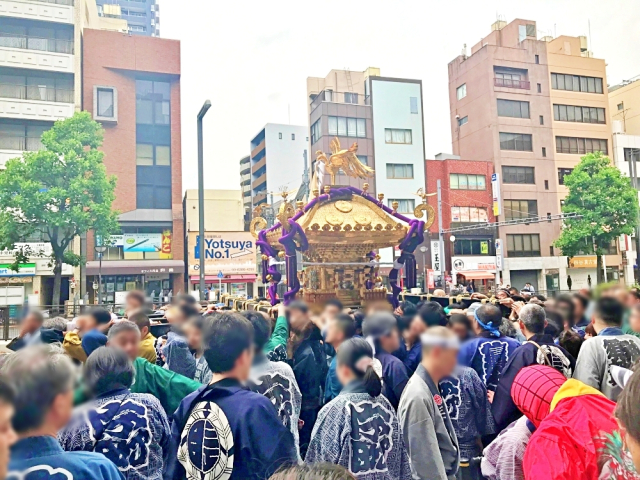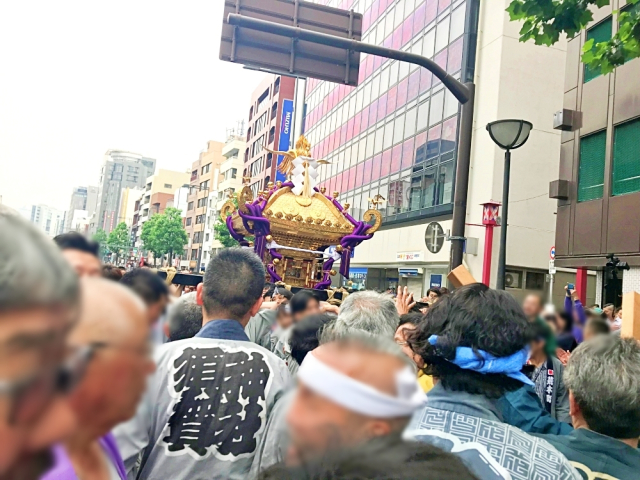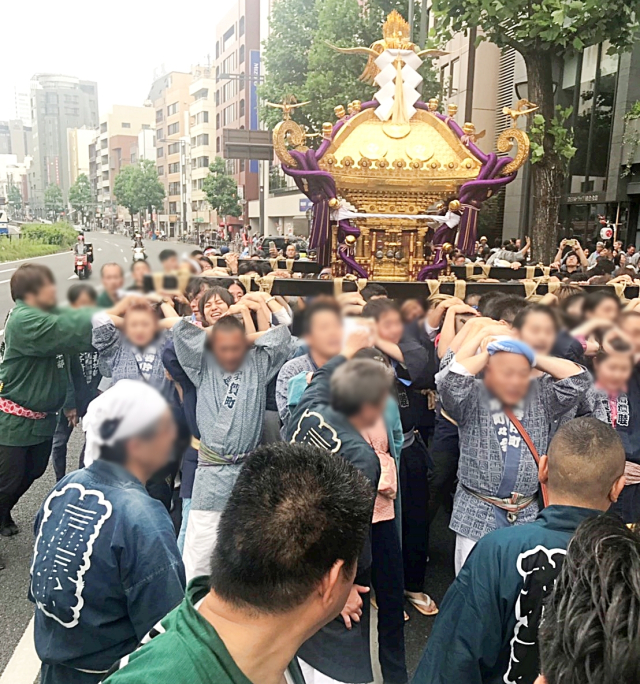What it’s like to join a Japanese festival and carry a mikoshi around Tokyo for a day
By Oona McGee, SoraNews24 June 16, 2019
Japanese festivals occur throughout the year around the country, bringing people and communities together to pray for bountiful harvests, celebrate special holidays, and honor local deities.
At the center of many festivals is the mikoshi, a portable shrine that gets paraded around the area on carts or on the shoulders of residents. And while many locals take part in the festivities, not everyone gets to experience what it’s like to hoist a heavy mikoshi up on their shoulders. Our writer Ahiruneko was one of those people, who, despite being 33 years of age, had never once carried a portable shrine around town.
Luckily for Ahiruneko, though, his chance to step in as a mikoshi carrier came to him this year, when one of his friends, who regularly takes part in festivals, invited him to join in. The first rule of being a mikoshi carrier is that you can’t do it in civilian clothes, though, so Ahiruneko headed out to a nearby store to get fitted out in the appropriate attire.

Different groups in various regions wear different styles of festival gear, so his friend gave him a list of what would be required: white tabi split-toed boots, a white shirt and pants, waistband, and a patterned bag.
When the day of the festival arrived, Ahiruneko was dressed and ready for his responsibilities, complete with the group’s happi festival coat, which his friend had ordered for him.

The festival Ahiruneko was taking part in was the Suga Jinja Reitaisai, which translates as Suga Shrine Regular Grand Festival. Fans of the smash hit anime film “your name.” will know Suga Shrine as one of the film’s most famous real-life locations, where the two main characters cross paths on a staircase near the shrine.
The annual festival takes place in Tokyo’s Yotsuya Ward, where the shrine is located, and on the day of the event there were crowds of participants and onlookers surrounding the mikoshi.

A number of local neighborhoods had come together to help transport the deity on its golden palanquin throughout the town. Positions at the front of the palanquin appeared to be the most coveted, with people advised to switch positions with others in rotation to ensure that nobody would get too fatigued.
As the festivities got under way, the palanquin rose from its standing position, picked up by a mass of people underneath it, and the sound of chanting broke out as the group stepped forward in time together, jangling the golden bells on the portable shrine.

The people underneath the holy shrine seemed to know exactly what they were doing, confidently calling out while expertly carrying the large planks on their shoulders. As a first-timer, Ahiruneko began to feel a little intimidated by this show of strength and wondered if he shouldn’t have agreed to take part, but at that moment his friend grabbed him and pulled him towards the moving mikoshi, setting him underneath one of the large wooden planks.
And then, suddenly, Ahiruneko found himself doing the thing he’d never done before. He was now helping to carry the mikoshi!

The wooden plank on his shoulder was heavy, and the jostling with so many others in such a small space reminded him of a mosh pit. And like a mosh pit, it was strangely thrilling.
It wasn’t long before the first person in line gave up their position, and then it was time for Ahiruneko to take the lead. This meant he had to switch from holding the plank on his shoulder to holding it on the back of his neck with both hands.
The calls and chants differed according to the area, and when he was at the front, Ahiruneko found himself calling out “Oisaa! Hoisaa!!” with all the others in the group. These calls created a great sense of camaraderie between everyone, and by the time the event was over, and everyone gathered to say their farewells, Ahiruneko felt like he had just become a part of something much bigger than himself.

Our writer was incredibly grateful for the experience, and although it cost him roughly 10,000 yen all up to buy the outfit to take part in the event, it was worth every yen.
********************
There are many opportunities for foreigners to participate in matsuri, particularly in rural regions where the number of strong young people may be insufficient. Here’s an invitation to carry a mikoshi at a matsuri in Tokyo (late May).
For another description of what it’s like for a foreigner to take part in a matsuri, please see here.
Here’s some useful advice from a Japanese involved with organising matsuri…

I have read somewhere similar point of view and I totally agree with what you said. However, there are also some other things could be mentioned on this topic, but overall I like what you described.
I still cannot find better website on Shinto than this one. Moreover, I also like the reviews here a lot.